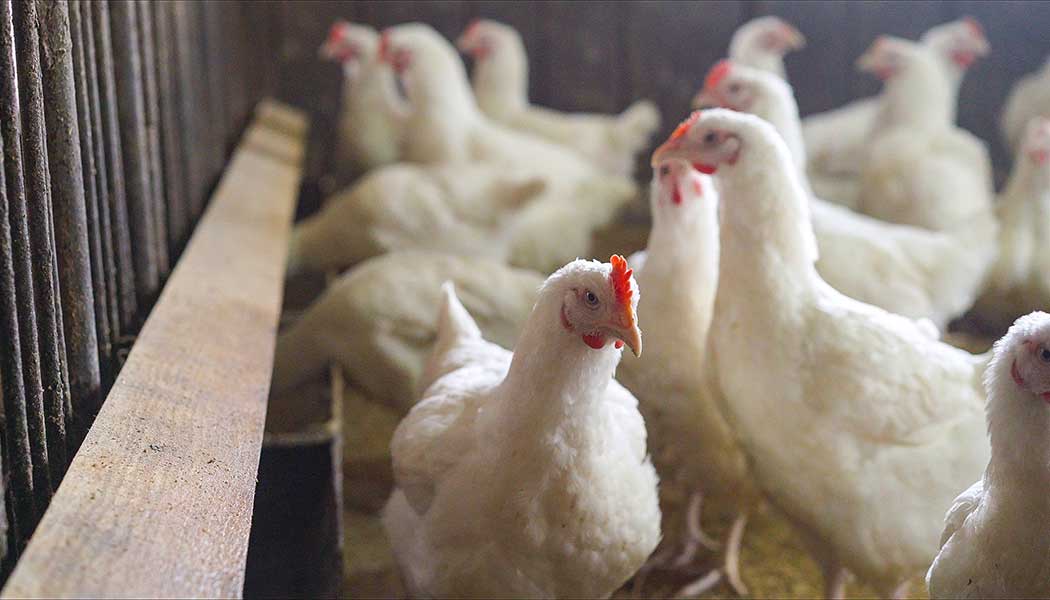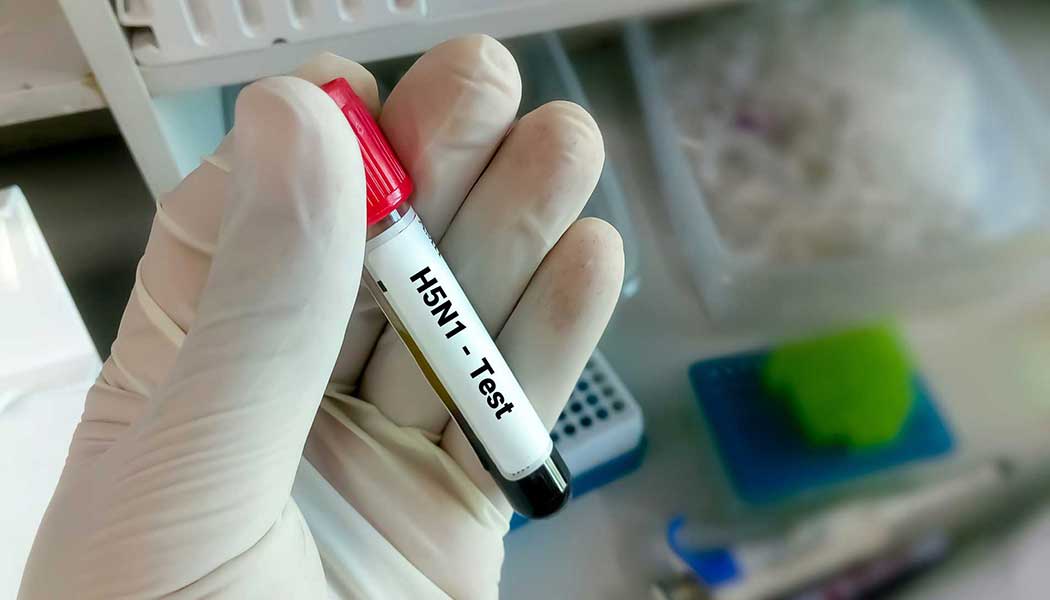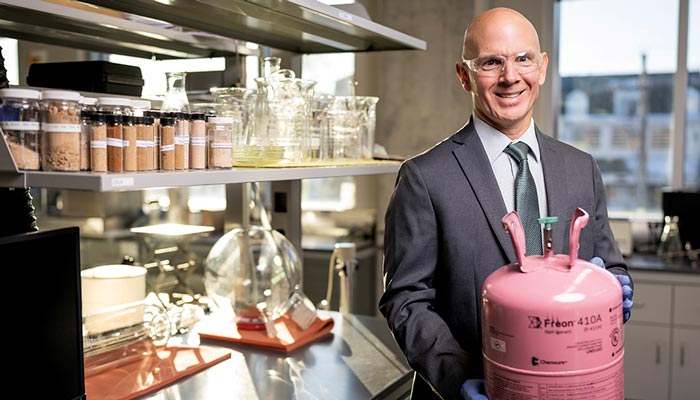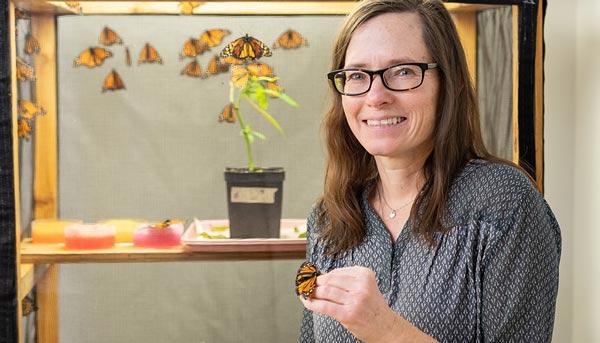Avian influenza focus of NSF-funded center
Noted KU ornithologist joins global effort to predict and prevent pandemic.

As humanity tries to find its footing after the COVID-19 pandemic, the University is taking steps to help ready the United States and the rest of the world for future global health crises.
A. Townsend Peterson, University Distinguished Professor of Ecology & Evolutionary Biology and curator of ornithology at the KU Biodiversity Institute and Natural History Museum, is part of a team of researchers that earned funding from the National Science Foundation (NSF) to establish the International Center for Avian Influenza Pandemic Prediction and Prevention, dubbed “ICAIP3.”
The mission of the new multi-institutional center is to tackle grand challenges in global health with a focus on avian influenza. Most famously, the 1918 flu pandemic showed influenza viruses that start off in birds can kill millions of humans. But avian influenza, or “bird flu,” has triggered outbreaks around the world in recent years that have killed billions of poultry and wild birds, as well as hundreds of people.
“The COVID-19 pandemic has been a wake-up call for the world, highlighting the importance of investing in public health and the basic science underpinnings of public health,” Peterson says. “It has had a scale of economic and public health impact that is unparalleled in our lifetime. This center would have ongoing viral monitoring around the world, but particularly in regions that tend to give rise to pandemic flu strains.
“We would have a predictive understanding of which types of new bird flu strains have pandemic potential. You can imagine the value of monitoring wild bird populations and seeing all the standing variation in flu viruses, and being able to say, ‘Hey, this one virus—this is what we need to watch.’”
The center will be supported by the Predictive Intelligence for Pandemic Preparedness (PIPP) Initiative, part of the NSF’s efforts to understand the science behind pandemics and build the ability to prevent and respond to future outbreaks.
“We need to be thinking big-picture when it comes to pandemics,” Peterson says. “COVID-19 is just one example of many diverse pandemics that have occurred throughout history. The Spanish flu, the plague pandemics, typhoid fever and avian influenza are all examples of diseases that have had a significant impact on human health and the economy. We need to be proactive in our approach to understanding and preventing these types of outbreaks, rather than waiting for them to happen and scrambling to respond.”
The total award for the PIPP project, currently in an 18-month proof-of-concept phase, is roughly $1 million. Aside from KU, the ICAIP3 project has partners at the University of Oklahoma, the University of California-Berkeley, and the World Health Organization Collaborating Center for Influenza at St. Jude Children’s Research Hospital.

The team will work to establish ongoing viral monitoring around the world, focusing on regions that have historically given rise to pandemic flu strains. The goal is to understand new strains holding pandemic potential and help predict and prevent outbreaks in coming decades.
Peterson and his collaborators will test available computer models that track “spillover,” where a disease can spread between animal species. (“Reservoir-poultry spillover” happens when wild birds give a disease to chickens, for example.) Next, the team will work to improve these modeling approaches and run spillover simulations.
“If we do this well, what will come out is a model of the geographic, operational and individual-scale behavior of a pandemic-potential virus,” Peterson says. “Part of that potential is, does it stay just in one place? Or does it spread? If it does spread, does it take years, or does it spread in days?”
With avian influenzas, part of this work must incorporate data about birds’ migratory patterns.
“You get some early warning of an outbreak going on and you say, ‘OK, we’re pretty sure it’s a specific hypothetical virus—now, what are its most likely patterns of behavior?’” Peterson says. “How quickly will it leak from wild birds into domestic birds? If it’s coming from Asia, where would we expect it to appear in the U.S.? If you had this thing spread in the summer and get up to Siberia, then the jump may be way down into the U.S. because some of those birds think eastern Siberia is western Alaska and migrate south into the Americas in the fall. We would have a model that’s far better than what we have right now.”
Brendan M. Lynch, g’21, g’22, is a public affairs officer for the KU News Service.
/




